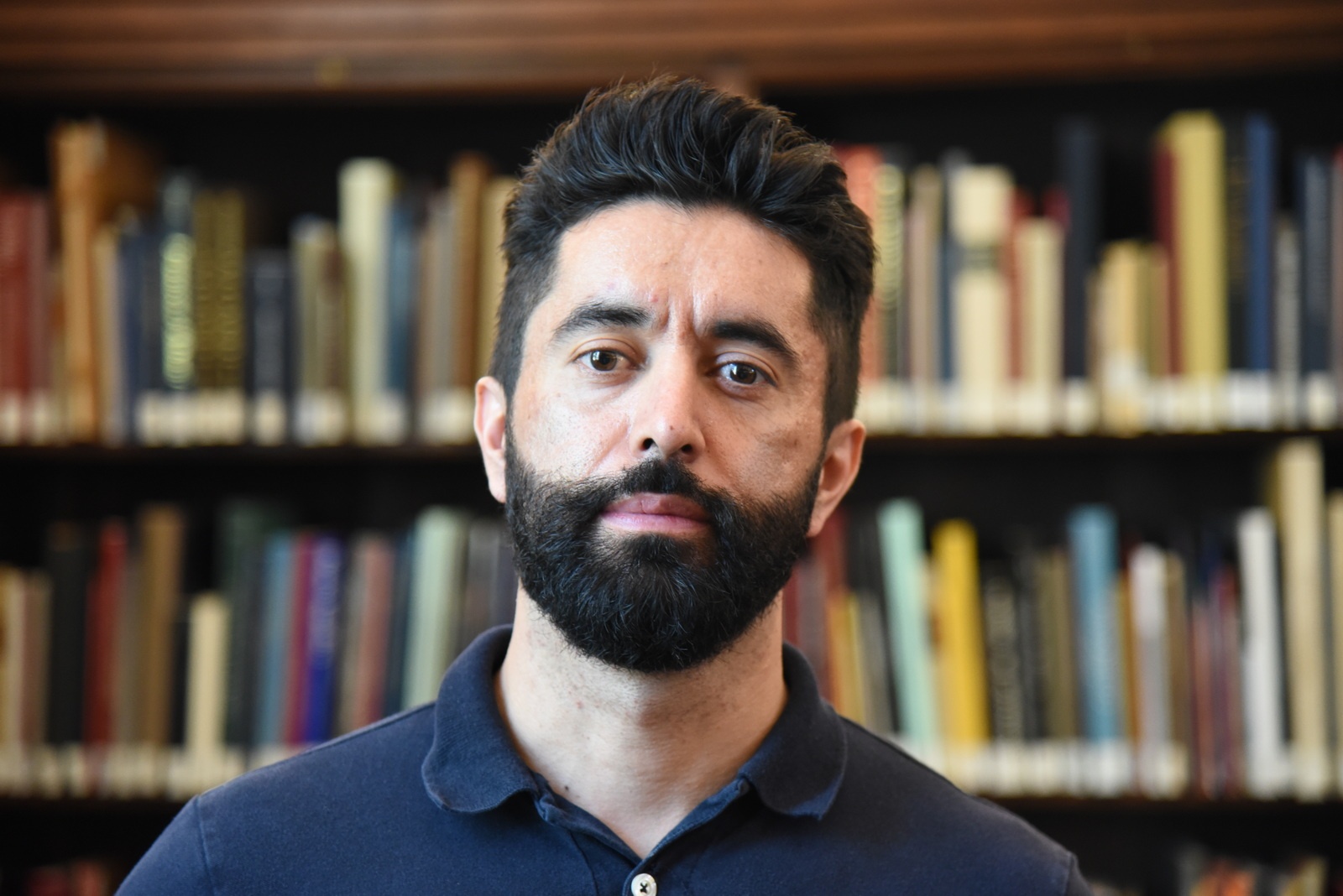Francisco Javier Navarro Jiménez
Italian Neo-Renaissance Architecture and Urbanism as the Axes of the Modernization of Mexico City at the Turn of the Century (1893-1924)
2025-2026 (September - December)

Biography
Francisco Navarro has an interdisciplinary background in Geography, History and Architecture. He specializes in the study of Renaissance and Medieval historicist architecture in Latin America, as well as its urban development during the 19th century. He utilizes traditional historical research methodologies and GIS, and also disseminates his work through Digital Humanities platforms. Since 2024 he is part of the National System of Researchers of the Government of Mexico and his most recent publication is the book The Postal Palace of Mexico City. History and Heritage. He has been a visiting professor at the University of Pavia and has conducted research in historical archives in Rome, Catalonia, Lima and southern Chile.
Project Summary
This project delves into the impact that Italian neo-Renaissance architecture and urbanism had on the modernizing process of the urban space of Mexico City at the turn of the century (1893-1924). After 1917, one of the consequences of the Mexican Revolution was that there was a disdain for the art and architecture built during the liberal regime of Order and Progress of Porfirio Díaz. In the eyes of post-revolutionary education, the Díaz regime materialized the Europeanization of the city at the cost of the new artistic-architectural currents of Mexican nationalism and indigenism. However, the introduction of Italian neo-Renaissance architecture and urbanism in Mexico City had a determining impact on the production of, what is today, its historical center. This project analyzes how the aesthetics of the Italian Renaissance, the academic training of Italian architects and the work of the Florentine workshops of minor decorative arts defined the urban landscape of the liberal city of the late nineteenth century, giving it many of the elements of artistic and historical value that made it a UNESCO World Heritage City.
